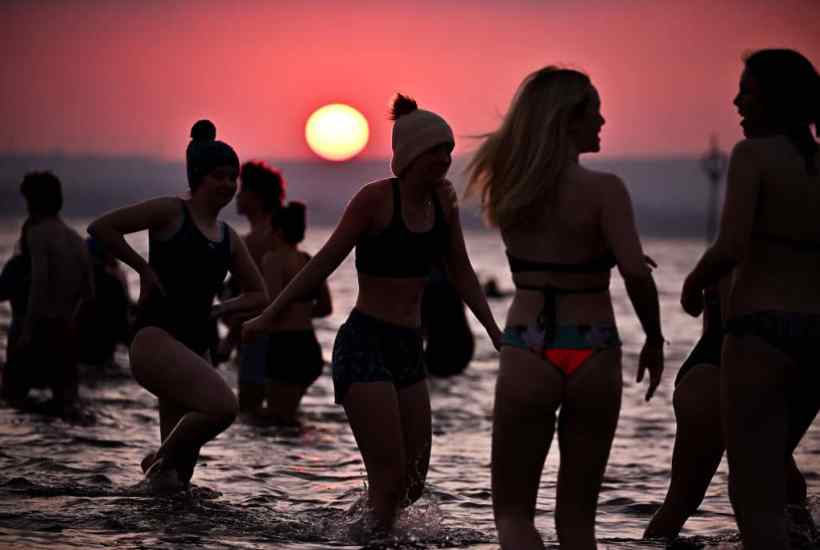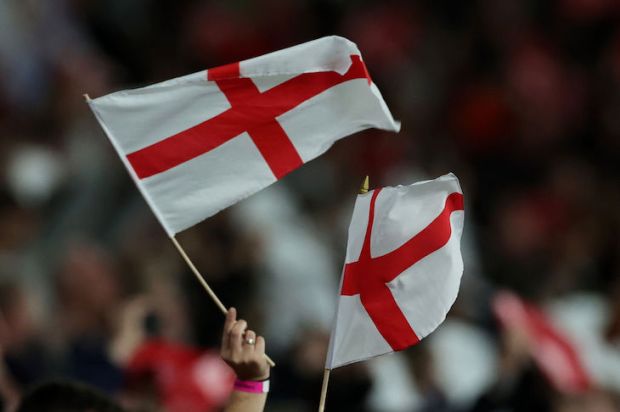Am I the only one wondering how long it’ll be before the organisers of International Women’s Day are forced to rename their campaign? How, depending on what they mean by ‘women’, it’ll need to be called ‘International People-with-a-cervix Day’ or ‘International People-who-identify-as-a-woman Day?’
Quite what the founders – a group of American workers who back in 1909 demanded shorter hours, better pay and voting rights – would make of the word ‘woman’ being gradually pushed out of the lexicon as a meaningful term we will never know. But on a better note, they would surely be overawed by the progress made in the past 113 years. Women account for over half of all workers employed in management, professional and related occupations in the US, for instance. Here in Britain, the female employment rate has risen 20 percentage points in half a century.
The plight of disenfranchised women across the globe undoubtedly warrants our attention, but deserves more than 24 hours of it. In Britain, IWD has morphed into a patronising exercise susceptible to piggybacking from single-issue bores who distract us from the real issues – like domestic violence and rape – that persist. Its website now features blogs on ‘pension inequality’ and ‘fair pay’. It wants to usher in a world ‘free from stereotypes’, seemingly oblivious to the ways in which it reinforces rather than eliminates them.
Consider female entrepreneurship. Yes, there is more to be done. But how many IWD campaigners will know that the growth of new female-led businesses is now outstripping that of male-led companies for the first time? Will they point out that the gender pay gap is negligible between 22-39 year olds, and can mostly be accounted for by free choice and compensating differentials? That, if women are occupied in less risky jobs or ones with more sociable hours, it’s hardly surprising this is reflected in pay – and therefore pensions?
So myopic is our fixation on workplace discrimination – real or perceived – that it’s hard to know what equality would even look like anymore. We spotlight the number of girls studying STEM subjects, but give scant attention to the 87 per cent of poor white boys who don’t go onto higher education.
When Tory MP Ben Bradley tried to ask an ‘equalities’ question about working-class white boys in Parliament back in 2020, he was warned it may be turned down because it did not appear to be a question about protected characteristics. Last December, following a damning report exposing the level of sexual harassment and bullying suffered by female service personnel, a 30 per cent target was set for women in the armed forces. Was this driven by operational need – more pressing now that war has returned to Europe – or political posturing?
The male life expectancy in the UK is now 79 years, compared to 82.9 years for females. We were horrified to hear that a ‘generation’ of women’s economic gain had been ‘wiped out’ by Covid, conveniently forgetting that men were more likely to die from the disease. In 2020/21, men made up 97 per cent of all workplace fatalities. Less than five per cent of those in prison in the UK are female. Men are much more likely to suffer violent assault (though are less likely to be victims of sexual assault).
Opportunists will seize upon today to peddle their own pet causes. Those in favour of flexible working will declare it a silver bullet to gender equality, and demand that the government mandate it. Those who believe the state should be caring for our children soon after they leave the womb will call for nationalised childcare from the age of one. Celebrities and influencers will make nonsensical statements around ’empowerment’ and ‘staying true to your truth’.
Virtue signallers will post images of themselves staring determinedly down the camera lens, arms crossed, ‘striking the #BreakTheBias pose’ (presumably a nod to a woman who boosted her own fame by wearing a conical bra). Rail passengers travelling through St Pancras will be treated to ‘train-themed micro-operas’ by female composers. And when the 24 hours are up, women’s position in the intersectional pyramid of victimhood will slide. Even on International Women’s Day, few are likely to be brave enough to talk about the impact of policies intended to make life easier for trans women but risk diminishing women’s safety and legal standing.
IWD really gained momentum around the time of the #MeToo movement. That, too, began as a bona fide campaign to address a grave issue. But like IWD, it has since been treated as an invitation to over-exaggerate or divert attention from the challenges women still face. At some point, we’ll need to ask what today is designed to achieve, and what equality between the sexes should actually look like.
Got something to add? Join the discussion and comment below.
Get 10 issues for just $10
Subscribe to The Spectator Australia today for the next 10 magazine issues, plus full online access, for just $10.


















Comments
Don't miss out
Join the conversation with other Spectator Australia readers. Subscribe to leave a comment.
SUBSCRIBEAlready a subscriber? Log in